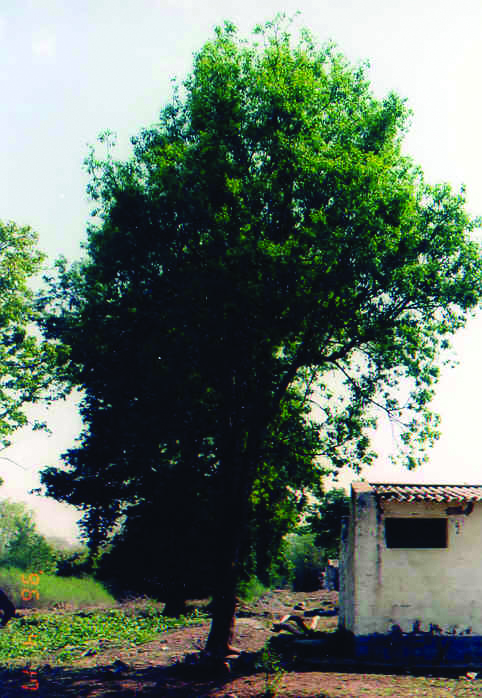The Vanishing Tree
Father ‘Bong’ Suñaz, now back in the Philippines after serving in East Timor, tells us of the decline of the sandalwood tree in that country before it became independent of Indonesia in 2002.

I remember a beautiful song entitled SANDALWOOD in catechism class back in Manila two decades ago. I still hum it sometimes now and I realize that the place mentioned in that song is the island of Timor, or so I think. I once had the chance to talk about the tree with the head of the Department of Forestry and he said that in Timor the sandalwood tree grows wild, unlike in India and China real plantations were created for economical reasons. He said that most probably during the colonial times of the Portuguese, seedlings of this tree were brought to Goad in Macao hundreds of years before which were also under the colonial Portugal. The tree grows both in the East and West Timor. It is called Cami in Tetun, the local language of Cendana, in Bahasa, Indonesia.
Fragrant baul
Can you remember the ‘baul’ that your lola kept in the ‘bodega’? It smells terrific, right? Well, that is sandalwood. Sandalwood is a small tree that grows as much as 9 meters only. When it reaches the mature age of 30 years the core of the wood smells like a fine perfume. The tree grows mostly on rocky grounds and it seems not to like water very much. There are two kinds of sandalwood: the reddish core and the plain white or mil color. The bark of the tree doesn’t smell like the leaves. Nor the newly cut trees. It is when it is dry that the wood, especially the core of the trunk, is really fragrant.
Government possession
Under the Indonesian government the harvest of the wood is monopolized by a government corporation. No one is allowed to use the wood for any personal profit, not even as decorations. Thus if you have the tree in your garden or in your field you still have the obligation to get government permission to make use of it. You are only allowed to sell it to the government.
Fast disappearing
The roots of this tree are capable of regrowing itself. There is a very little effort done for replanting. This is one of those rare plants that grow by symbiosis. It is difficult to grow them. It needs a lot of attention in the first two years of its growth process. The precious trees are fast disappearing. First, no one is interested to plant it since it takes long years before it could be harvested. Secondly selling it to the government you receive only a token since it is considered as one of the natural resources of the country. Thirdly, those that grow in the wild are systematically harvested by the government.
Harvest time
At certain time of the year especially during the dry season, the governor will give the order to the mayors of the different towns to harvest the wood. The mayor in turn will give the order to the Barrio Captains who will in turn order the head of the different zones under him. These people will order all the people of the place to search in the mountains for the wood. For each kilo they bring in they are only paid a token, an equivalent of six pesos.
Sandalwood
Most of the local products that are produced from this wood by the government company are: pure perfume oil in little bottles, lady fans, beads for rosaries and other little products for souvenirs. The chief use of the wood is for exporting as raw materials for perfume, soap and medicines.
